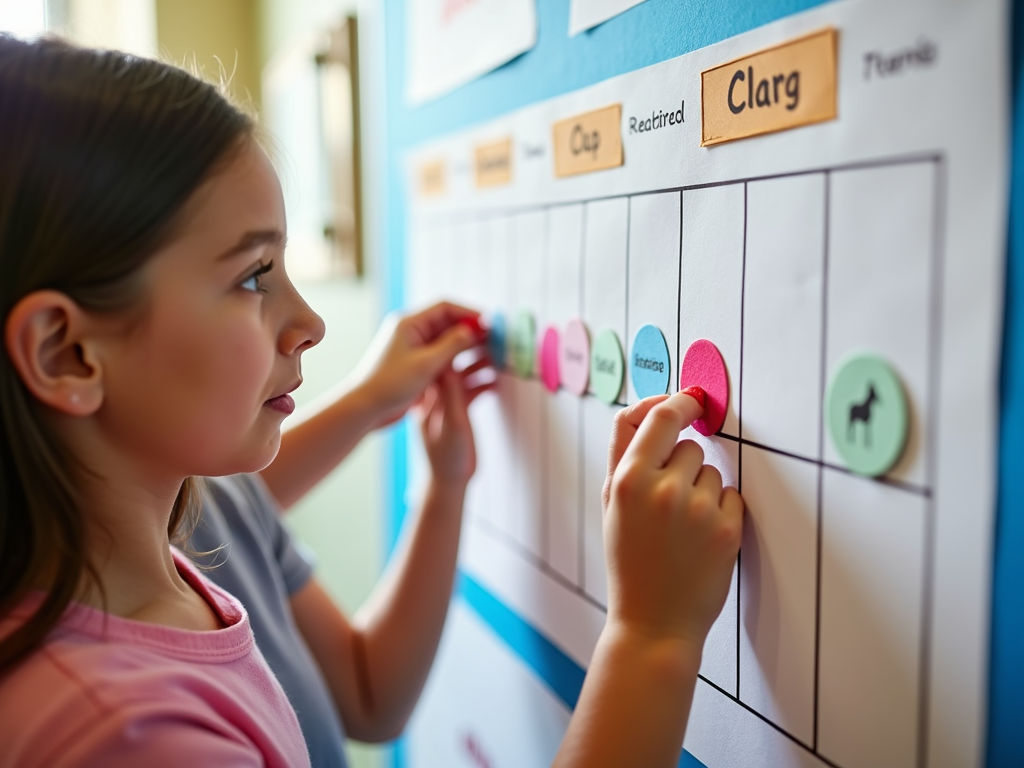Behavioral therapy has emerged as a powerful tool in modern education, offering innovative ways to manage student behavior and create positive learning environments. At its core, this approach uses scientific principles to understand and modify behavior, with Applied Behavior Analysis (ABA) being one of the most widely recognized methods. But what exactly is ABA, and how does it work in a classroom setting? In this article, we'll explore the transformative impact of behavioral therapy on classrooms, diving deep into its principles, applications, and real-world outcomes. Whether you're an educator, parent, or simply curious about innovative teaching methods, this guide will provide you with valuable insights and practical knowledge.

Understanding Applied Behavior Analysis (ABA)
Applied Behavior Analysis, or ABA, is a scientific approach to understanding and changing behavior. It’s based on the idea that behavior is learned and can be modified through systematic interventions. In the context of education, ABA focuses on reinforcing positive behaviors while reducing negative ones, creating a more conducive learning environment.
ABA isn’t just about correcting misbehavior; it’s about teaching new skills and fostering a positive classroom culture. By using data-driven techniques, educators can tailor interventions to meet the unique needs of each student, making it a highly personalized approach.
Key Principles of ABA in Education
- Positive Reinforcement: Rewarding desired behaviors to encourage their repetition.
- Data Collection: Tracking behavior to measure progress and adjust strategies.
- Individualized Interventions: Customizing approaches based on each student’s needs.
- Consistency: Applying techniques uniformly to ensure effectiveness.
These principles form the foundation of ABA, guiding educators in creating structured, supportive environments where students can thrive.

How to Implement Applied Behavior Analysis in Schools
Implementing ABA in schools requires careful planning and collaboration among educators, administrators, and sometimes even parents. Here’s a step-by-step guide to getting started:
- Training and Education: Teachers and staff need to understand the basics of ABA. Workshops or professional development sessions can be invaluable.
- Assessment: Identify specific behaviors to target, whether it’s reducing disruptions or increasing participation.
- Intervention Design: Create a plan that includes clear goals, reinforcement strategies, and data collection methods.
- Implementation: Apply the interventions consistently, ensuring all staff are on the same page.
- Monitoring and Adjustment: Regularly review data to see what’s working and make necessary adjustments.
Real-World Example: Token Economies
One popular ABA technique is the token economy, where students earn tokens for positive behaviors. These tokens can be exchanged for rewards, like extra recess time or a small prize. This system not only motivates students but also teaches them the value of delayed gratification and goal-setting.

The Impact of Behavioral Therapy on Classroom Dynamics
When implemented effectively, behavioral therapy can lead to significant improvements in classroom dynamics. Here are some of the key benefits:
- Reduced Disruptions: By addressing the root causes of misbehavior, teachers can create a more focused learning environment.
- Increased Engagement: Students are more likely to participate when they feel supported and understood.
- Improved Social Skills: Techniques like modeling and reinforcement can help students develop better interpersonal skills.
- Enhanced Teacher-Student Relationships: A positive, structured approach fosters trust and respect between educators and students.
Challenges and Considerations
While behavioral therapy offers many benefits, it’s not without its challenges. Some common concerns include:
- Time and Resources: Implementing ABA requires time and effort, which can be a strain on already busy educators.
- Consistency: For ABA to be effective, it must be applied consistently, which can be difficult in a dynamic classroom setting.
- Individual Differences: Not all students respond to the same interventions, so flexibility is key.
Despite these challenges, the potential rewards make behavioral therapy a worthwhile investment for many schools.

Personal Insights: A Teacher’s Perspective
As a former educator, I’ve seen firsthand the transformative power of behavioral therapy. In one instance, a student who struggled with outbursts began to thrive after we implemented a simple reinforcement system. By focusing on his strengths and providing consistent feedback, we not only improved his behavior but also boosted his confidence and academic performance.
This experience taught me that behavioral therapy isn’t just about managing behavior; it’s about understanding and supporting each student’s unique needs. It’s a reminder that with the right tools and mindset, we can create classrooms where every student has the opportunity to succeed.
Summary and Key Takeaways
Behavioral therapy, particularly through methods like Applied Behavior Analysis, offers a structured, evidence-based approach to improving classroom dynamics. By focusing on positive reinforcement, data-driven interventions, and individualized strategies, educators can create environments where students are more engaged, less disruptive, and better equipped to learn.
While implementing these techniques requires time and effort, the benefits—ranging from improved behavior to stronger teacher-student relationships—make it a valuable tool for any educational setting. As we continue to explore innovative ways to support student success, behavioral therapy stands out as a powerful, transformative approach.
Discuss Here